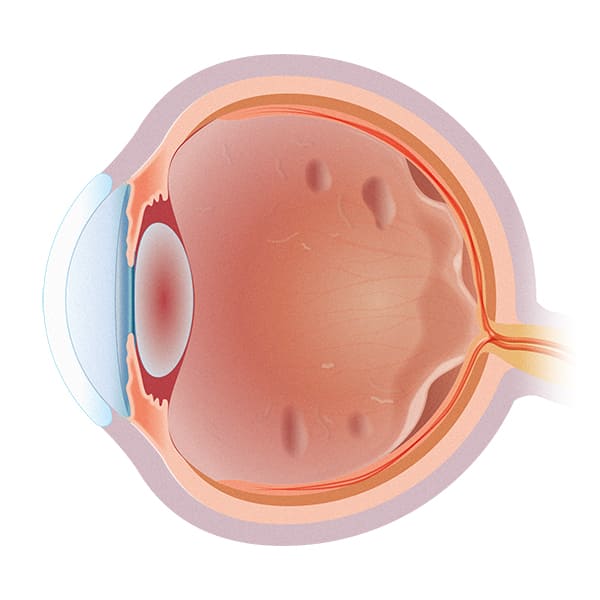Diagnosis
The diagnosis of posterior vitreous detachment is made by a medical specialist, the ophthalmologist, following a check-up and a thorough examination of the ocular fundus, which allows the general state of health of the vitreous and the presence of any retinal break to be checked.
The specialist may ask for further tests such as an ocular ultrasound scan or an OCT.
Following these assessments, the specialist will provide guidance on how best to handle the situation.
Treatment
It is true to say that there is currently no real cure for posterior vitreous detachment.
Generally, as time passes, the typical symptoms of this condition may appear less noticeable and annoying, due to a natural adaptation by the brain. Improvement may also come from eating a healthy diet, rich in fruit and vegetables, combined with proper hydration and taking supplements prescribed by the specialist.
In the case of retinal damage resulting from vitreous detachment, the ophthalmologist may prescribe a photocoagulation laser treatment; in more serious and complex cases, surgery may be necessary.

